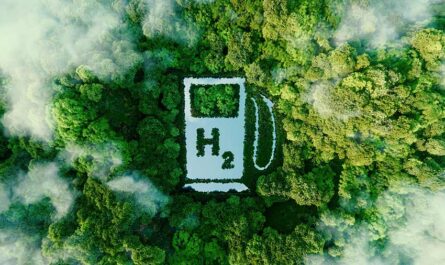Researchers from the Fujian Institute of Research on the Structure of Matter of the Chinese Academy of Sciences have recently published a study in Advanced Materials, proposing a new method for 3D printing high-performance elastomers through vat photopolymerization (VPP). This groundbreaking research aims to overcome the current limitations of VPP technology, which include low strength, poor resilience, and unsatisfactory mechanical properties.
Acrylate-based ultraviolet (UV)-curable resins are commonly used in VPP technology, but they have a low degree of free-radical polymerization, resulting in subpar elastomers. To address this issue, the research group led by Professor Wu Lixin analyzed the relationship between molecular weight and mechanical properties and chose polytetramethylene ether glycols (PTMGs) with different molecular weights as reactants. These PTMGs, when combined with isophorone diisocyanate (IPDI), produced polyurethane blocked oligomers (PUBs) with high viscosities.
Increasing the proportion of oligomer in the resin system is the most effective way to increase the polymerization degree. However, this also leads to a dramatic increase in viscosity. To solve this problem, the researchers utilized a previously developed linear scan-based vat photopolymerization (LSVP) technique, which enables direct 3D printing of high-viscosity resin.
By synthesizing oligomers containing tert-butyl hindered urea bonds (HUBs), the researchers were able to expand the process window of the LSVP system. These HUBs deblock at high temperatures and re-block at room temperature, allowing for cross-linking during the printing process through a free radical polymerization mechanism.
The researchers replaced conventional monomers with high-viscosity oligomers compounded with the as-prepared PUBs to create a 3D printable UV-curable resin. Mechanical tests demonstrated that PUB2000-HMDA exhibited the highest ultimate engineering stress, highest strain, and highest tensile toughness among the tested samples, indicating superior mechanical performance.
To further investigate the relationship between the chain extender and mechanical properties, the researchers utilized three different types of chain extenders. The experimental results showed that the HMDA-extended samples had the highest tensile strength and elongation at break.
This study offers a systematic exploration of the mechanical properties of high-viscosity PUB-dominated UV-curable resin after thermal treatment. The proposed 3D printing method has the potential to revolutionize the production of high-performance elastomers, overcoming the limitations of traditional VPP technology.




